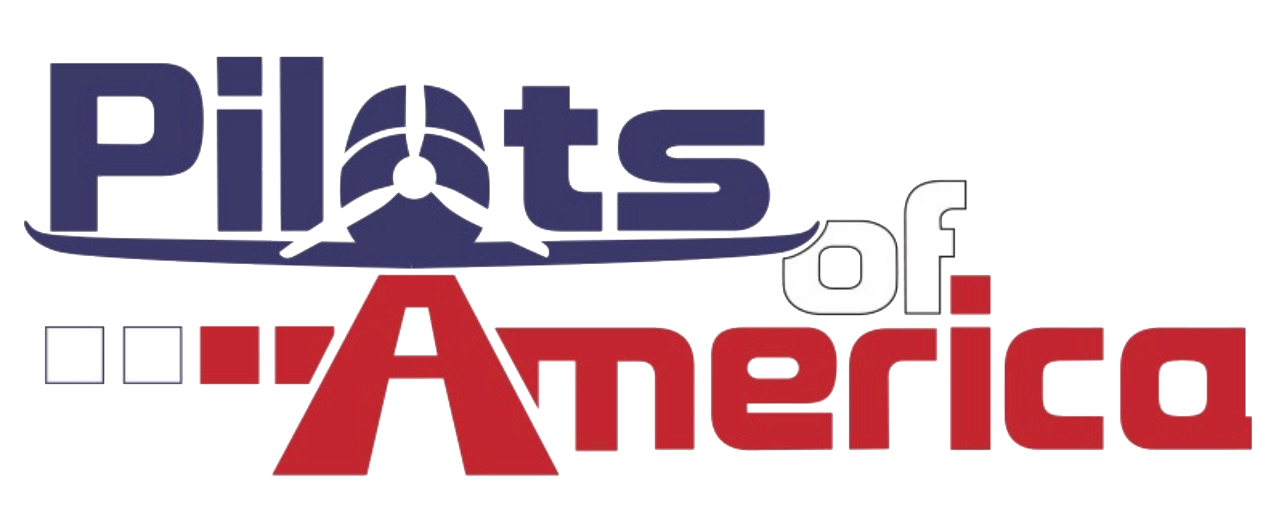Archimago
Pre-takeoff checklist
i am a little confused about ATC and cold weather adjustments. I understand the concept of how your altitude is lower than indicated when in colder than ISA but... in the Instrument Flying Handbook they explain that if you apply adjustments for cold weather you should let ATC know you are doing so.
So my question is wouldn’t ATC have my actual elevation based on radar? If they want me to fly at 5000 and I fly at say 6000 indicated wouldn’t ATC see me at 5000? And if I didn’t correct and I’m really flying at 4000 wouldn’t that be a hazard for many reasons?
Thanks
So my question is wouldn’t ATC have my actual elevation based on radar? If they want me to fly at 5000 and I fly at say 6000 indicated wouldn’t ATC see me at 5000? And if I didn’t correct and I’m really flying at 4000 wouldn’t that be a hazard for many reasons?
Thanks
